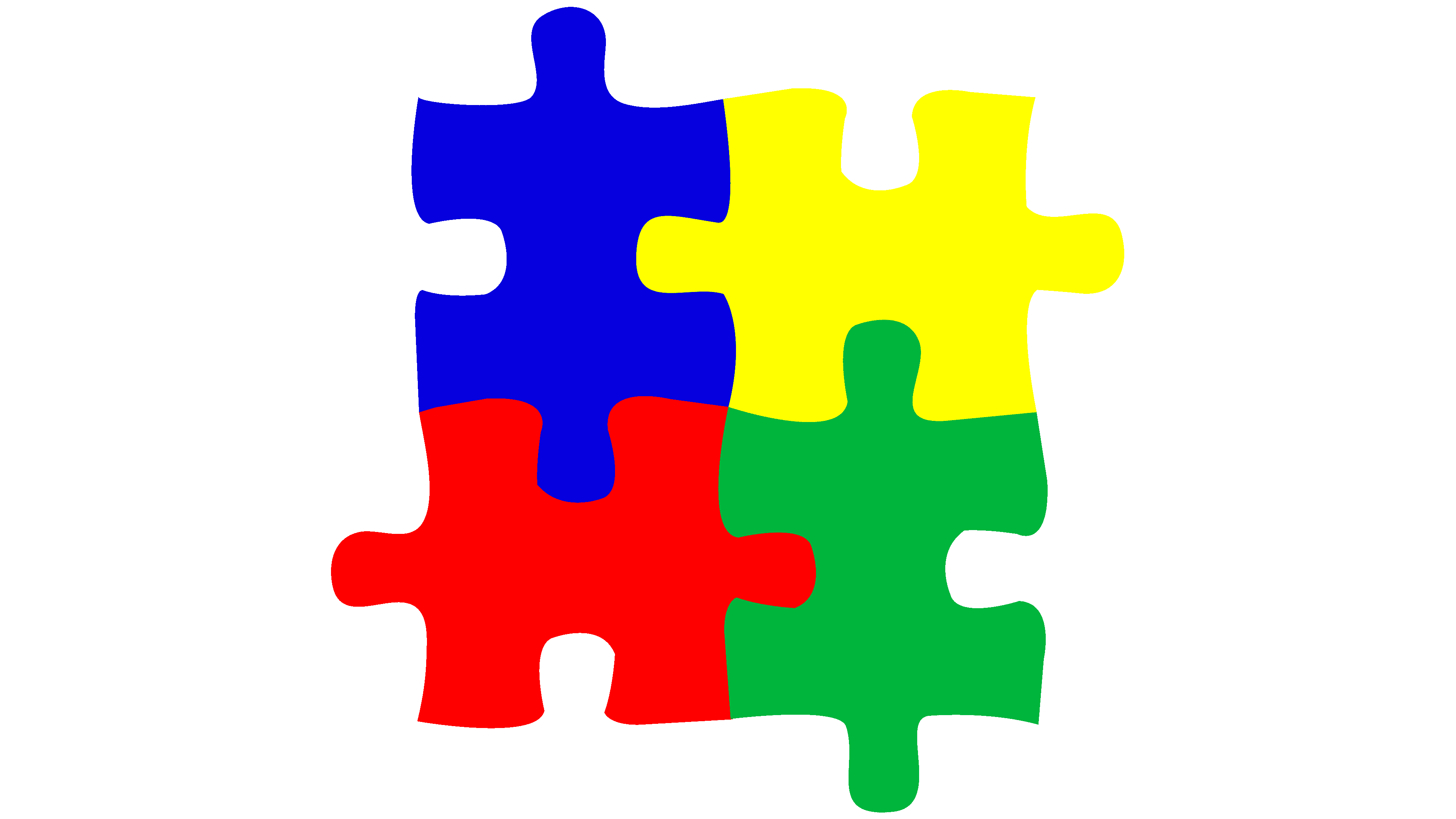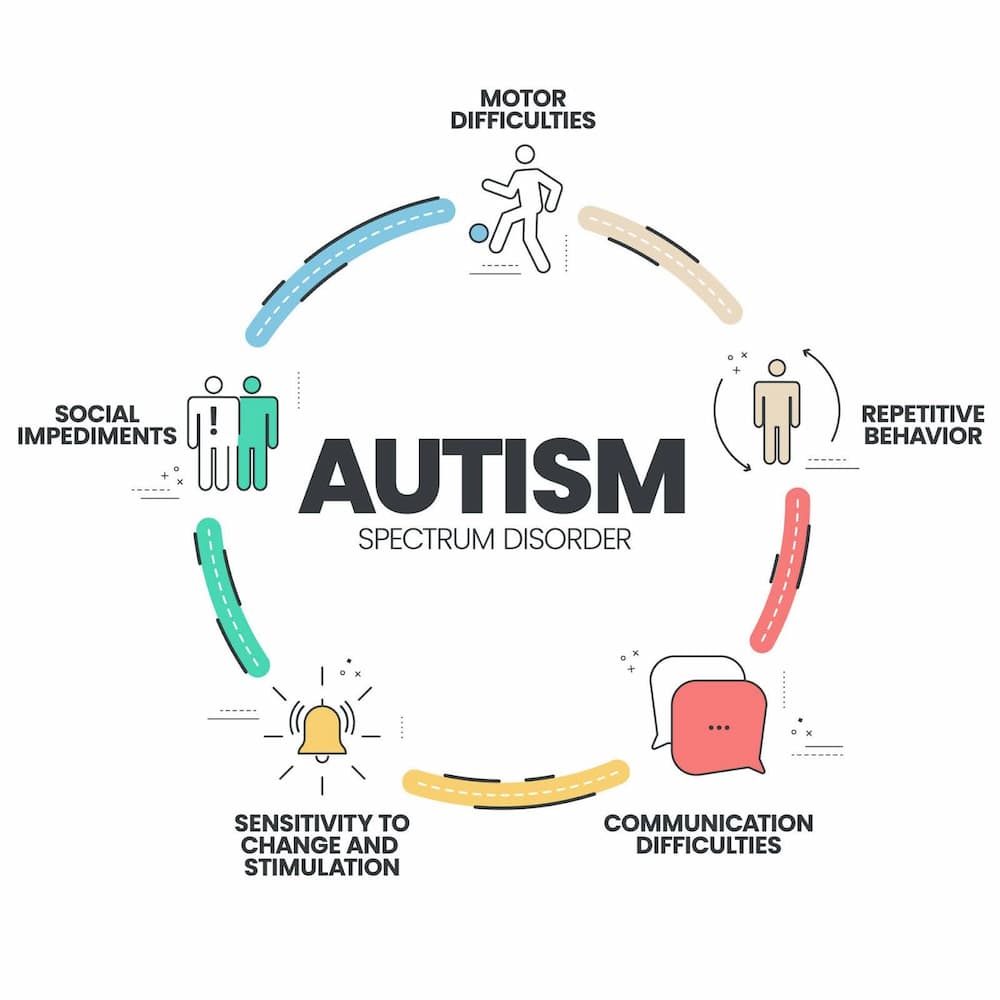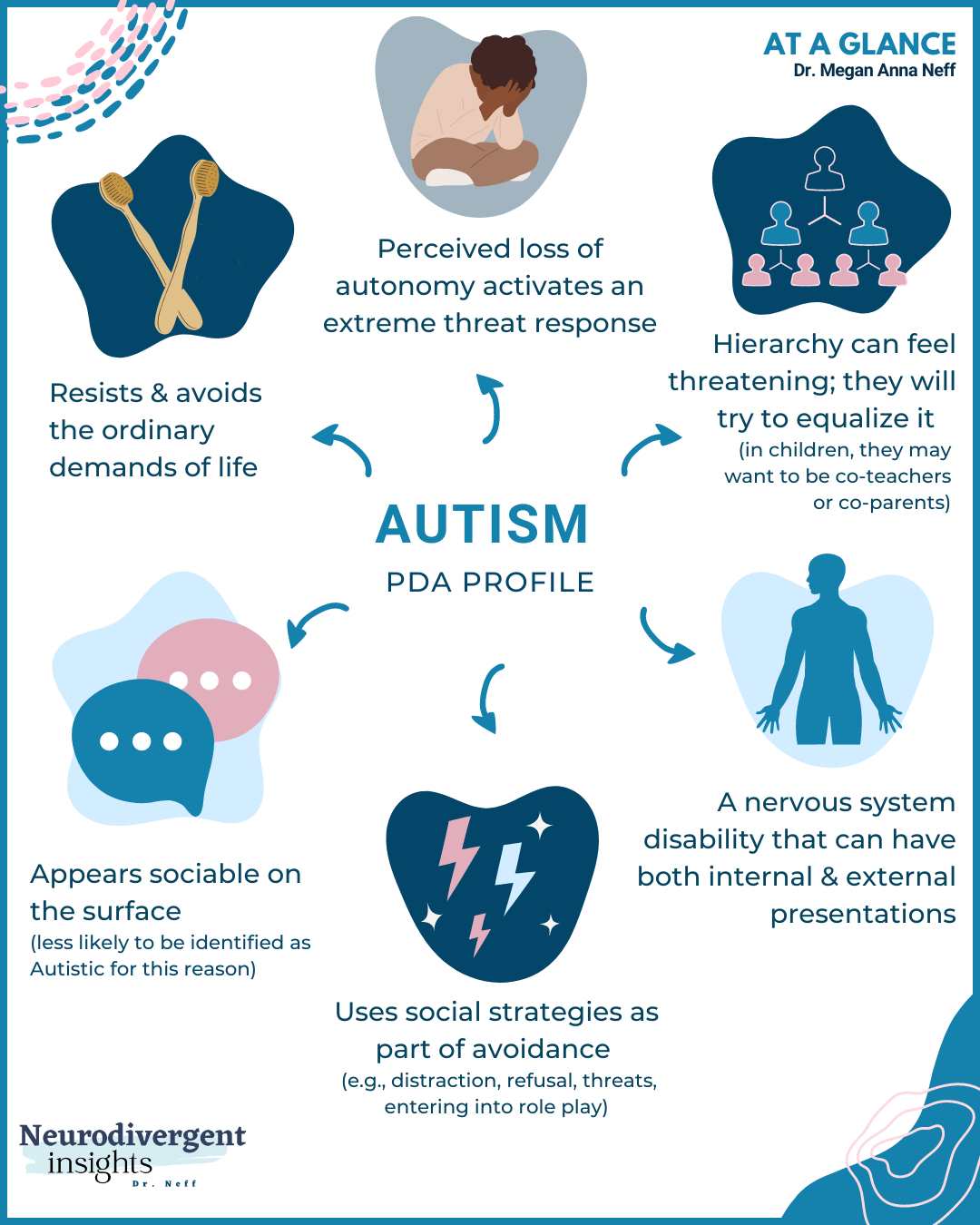Cutting-edge Treatments and Therapies: Developments in Autism Research Study
Cutting-edge Treatments and Therapies: Developments in Autism Research Study
Blog Article
Checking Out Autism: Techniques for Efficient Communication and Interaction
Effective interaction and communication with people on the autism spectrum necessitate an extensive understanding of their unique demands and preferences. The intricacies of these approaches disclose additional factors to consider that warrant exploration, particularly in just how they can be adapted to individual experiences and varied contexts.
Understanding Autism Spectrum Problem
Autism Spectrum Problem (ASD) encompasses a series of neurodevelopmental conditions characterized by difficulties in social interaction, interaction, and repetitive actions. The term "range" shows the varied indications and varying levels of seriousness experienced by people with ASD. While some may exhibit considerable problems, others may present high-functioning attributes, enabling for better self-reliance in day-to-day live.
The start of ASD normally occurs in early childhood years, with indications frequently recognizable by age 2. Early signs might consist of postponed speech development, restricted eye get in touch with, and troubles in comprehending social signs. Although the precise etiology of ASD stays uncertain, study suggests a mix of ecological and hereditary factors plays a vital duty in its advancement.
As a result, interventions and assistance customized to individual demands are important for cultivating interaction and social abilities. Recognizing the complexity of ASD is crucial for promoting recognition, approval, and reliable techniques that facilitate significant interactions with people on the spectrum.

Relevance of Clear Interaction
Reliable interaction is crucial for promoting understanding and connection, specifically for people with Autism Range Condition (ASD) Clear communication not just promotes social communications however likewise improves the individual's ability to share their demands, feelings, and ideas. For people with ASD, the nuances of language can typically be challenging; for that reason, using uncomplicated and distinct language is vital.
Furthermore, clear interaction helps in reducing frustration and anxiousness that may emerge from misconceptions. When messages are conveyed in a straight and consistent manner, people with ASD are better outfitted to translate information properly, which can substantially enhance their social interaction and participation in different settings.
Developing routines and utilizing aesthetic supports can additionally bolster clear interaction. These methods give individuals with foreseeable structures that help understanding and retention of information. Furthermore, proactively listening and being patient during communications advertises a supportive atmosphere where people with ASD feel valued and comprehended.
Ultimately, prioritizing clear interaction not just empowers people with ASD but likewise cultivates more meaningful connections with their peers, caretakers, and the wider area, leading the way for collective partnerships and comprehensive interactions. - autism
Non-Verbal Communication Methods
Interaction extends beyond words, and for individuals with Autism Spectrum Condition (ASD), non-verbal hints play a substantial role in interactions. Non-verbal communication methods can include facial expressions, gestures, body language, and eye get in touch with, all of which work as essential elements for communicating intents and feelings.
Comprehending and translating these non-verbal signals can boost communications with people with ASD. A warm smile or open position can create a welcoming ambience, urging engagement. Likewise, utilizing visual help-- such as image cards or icons-- can connect communication spaces and assist communicate messages better.
It is likewise essential to be mindful of individual area, as individuals with ASD might have various comfort degrees regarding proximity. Observing their responses to physical closeness can educate appropriate changes.

Producing Supportive Settings
Developing a helpful setting is crucial check out here for fostering favorable interactions and boosting the health of individuals with Autism Range Problem (ASD) Such atmospheres can substantially minimize stress and anxiety and develop a feeling of security, allowing people to reveal themselves more openly.
To attain this, it is important to think about sensory sensitivities that people with ASD may experience. Modifying the physical area to include soft lighting, marginal background sound, and comfortable seats can produce a calming atmosphere. Furthermore, utilizing constant routines and clear visual routines can help individuals prepare for shifts and reduce unpredictability, additional advertising comfort.
Social rooms ought to be structured to reduce overwhelming stimuli while providing possibilities for engagement in favored tasks. Promoting areas designated for peaceful time can also act as a refuge during minutes of anxiety. Importantly, including components of option equips people, permitting them to work out agency in their atmosphere.

Motivating Social Communications
Promoting social communications among people with Autism Spectrum Problem (ASD) requires willful techniques that focus on comfort and interaction. Developing foreseeable routines can help in reducing anxiety, making social setups more approachable. Developing structured atmospheres with specified functions and duties allows people to involve without the overwhelming pressure of unstructured social dynamics.
Incorporating passions and toughness right into social tasks can work as a driver for interaction. As an example, organizing team activities around shared pastimes or subjects of attraction can help with all-natural discussions and links. In addition, using visual supports, such as social scripts or pictorial routines, can aid look these up in recognizing social cues and assumptions.
Designing appropriate social actions is essential - autism. Peers and grownups ought to demonstrate effective interaction strategies, including active listening and turn-taking. Role-playing circumstances can additionally supply a risk-free space for individuals to exercise these abilities
Last but not least, promoting peer relationships through inclusive practices is essential. Urging inclusive playdates or team getaways can produce opportunities for socialization in a comfy setup. By executing these methods, caregivers and teachers can considerably enhance social interactions for people with ASD, advertising their general social growth and wellness.
Final Thought
To conclude, effective interaction and communication approaches are crucial for supporting people with Autism Spectrum Disorder. Emphasizing clear language, including non-verbal cues, and developing predictable regimens substantially enhance interaction and reduce anxiousness. Producing helpful settings promotes secure social interactions, while urging shared interests promotes meaningful connections. Eventually, these techniques encourage individuals with autism to browse social landscapes, promoting their general health and enabling the advancement of long-term relationships.
Effective communication and interaction with individuals on the autism range require a thorough understanding of their distinct requirements and preferences. Clear communication not only promotes social communications but also enhances the individual's ability to reveal their thoughts, emotions, and needs.Cultivating social communications amongst people with Autism Spectrum Disorder (ASD) needs deliberate methods that focus on comfort and engagement. By executing these teachers, methods and caregivers can significantly enhance social communications for people with ASD, promoting their overall social growth and address well-being.
In conclusion, reliable communication and interaction strategies are essential for sustaining individuals with Autism Spectrum Condition.
Report this page